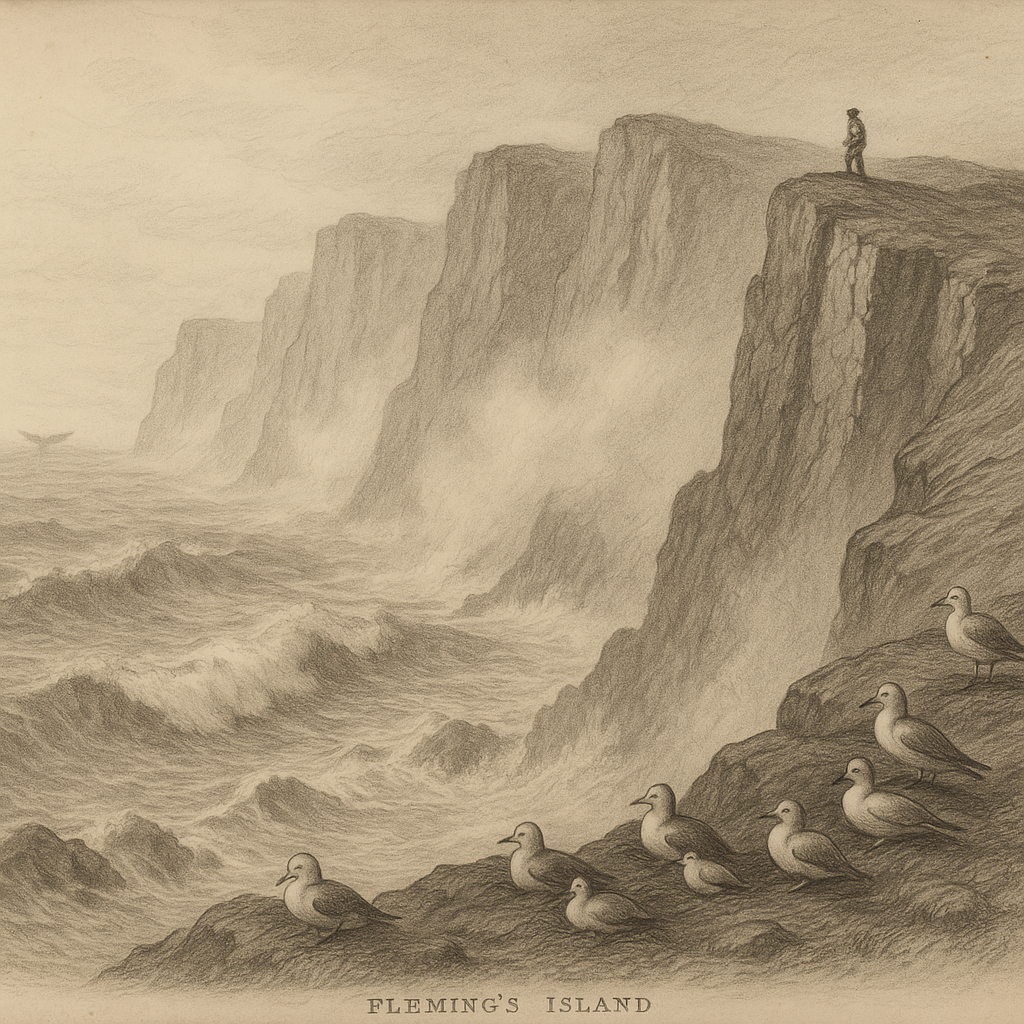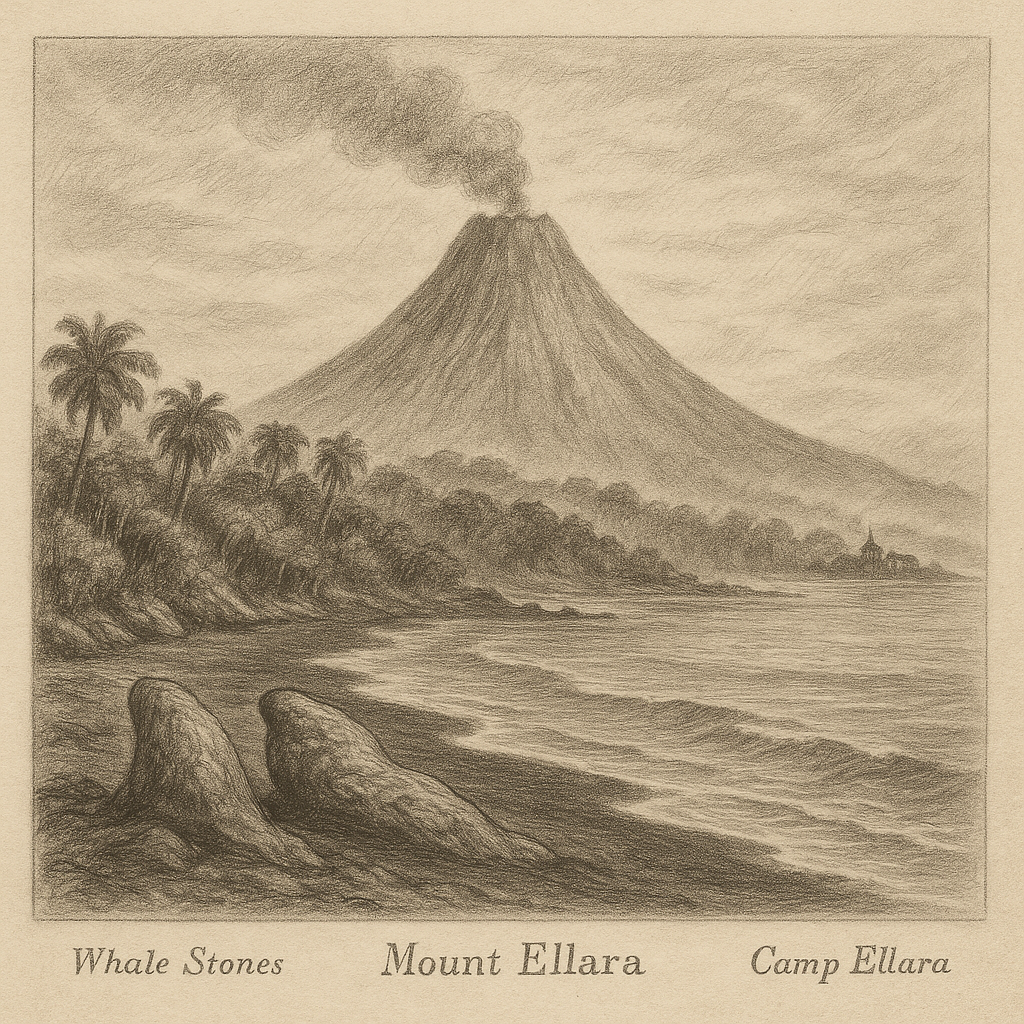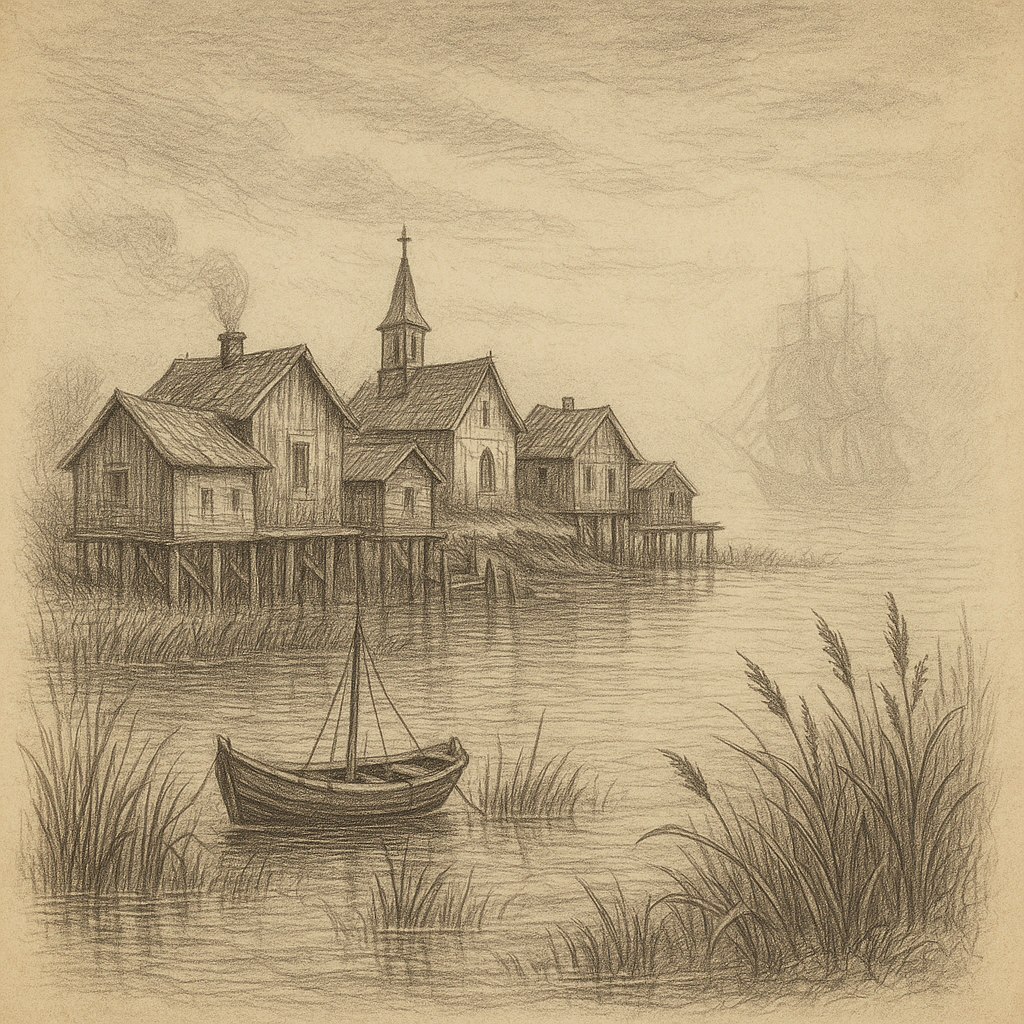Fleming Island: A Remote Gem in the North Atlantic Fleming Island is an isolated, rarely visited landmass nestled in the vast expanse of the North Atlantic Ocean. While not widely known to the general public, this island holds compelling geological, ecological, and cultural significance. Located roughly 1,200 kilometers off the northeastern coast of Canada, Fleming Island remains untouched by modern development and carefully protected by strict access regulations. Its remote location has preserved both its natural beauty and its sense of mystery. Geography and Geology Fleming Island lies along a seismically stable zone of the North Atlantic Plate, far removed from the major tectonic boundaries that define more active volcanic islands. The island itself is the tip of a submerged granite ridge that gradually rises from several thousand meters deep in the ocean bed to breach the surface across several kilometers. The island spans just under 18 km², with sheer cliffs defining much of its highly irregular coastline. The highest point—Eagle Bluff—rises to an elevation of 312 meters and offers sweeping views of the open Atlantic. Unique basaltic rock formations along the western shore suggest an ancient volcanic connection, though the island is believed to have been geologically inactive for millions of years. Climate and Biodiversity Thanks to its northern latitude, Fleming Island experiences a subarctic maritime climate, heavily influenced by surrounding ocean currents. Average yearly precipitation is around 1,800 mm, with foggy, cool summers and long, wind-swept winters. The constant moisture and relative lack of temperature extremes have created a diverse mix of plant life, ranging from moss-covered tundra to stunted spruce forests. Biological isolation has allowed for the evolution of several endemic species. Among these are the Fleming Island Arctic vole and the moss-patched lichen snail—both found nowhere else in the world. The island is recognized by ornithologists as an Important Bird Area (IBA), particularly noted for its dense nesting colonies of puffins, fulmars, and storm petrels. Offshore waters attract grey whales during their migrations and provide vital feeding grounds for seals and sea lions. Access and Conservation Human activity on Fleming Island is minimal. The island has never had a permanent population, and only short-term camps have existed—mostly for scientific or conservation-related research. In 1998, the Canadian government designated the island and its surrounding maritime zone as a Class I Nature Preserve, the highest form of protection under national parks legislation. Access to the island is strictly controlled. Permits for landing must be obtained through the Department of Environmental Heritage, and are typically only granted to researchers or expeditions that contribute to the ongoing conservation and ecological monitoring programs. There are no facilities on the island, and even land-based travel is challenging due to its rugged terrain and sensitive ecosystems. Interesting Facts about Fleming Island – Fleming Island is named after Sir Elroy Fleming, a 19th-century Canadian naval cartographer who first mapped the archipelago in 1863. – During World War II, British naval intelligence allegedly considered the island as a potential site for a covert radio monitoring station, but the plan was abandoned due to extreme weather and logistical challenges. – The waters surrounding Fleming Island are considered among the clearest and most undisturbed in the North Atlantic, attracting attention from marine biologists studying deepwater coral reefs. – A rare atmospheric phenomenon known as “sea mirage” is frequently visible from the island’s cliffs, where distant icebergs appear to levitate above the ocean surface due to layers of cold and warm air. Legends and Local Lore Despite being uninhabited, Fleming Island is not free of legends. Indigenous Mi’kmaq oral tradition speaks of the island as “Ealg Mnjioq,” which translates roughly to “Isle of Echoing Spirits.” According to these stories, the island was once home to ancient stone beings who communicated through low, vibrating hums, still audible at night when winds pass through the cliff hollows. Sailors in the early 20th century often referred to Fleming Island as “Wailer’s Rest.” Some claimed to hear a haunting, melodic whooshing sound echoing across the water—a sound that resembled a distant voice calling through thick fog. The phenomenon was later speculated by scientists to be caused by shifting air pressures in the island’s sea caves, though no definitive explanation has been confirmed. There is also a fabled tale about a Danish explorer, Erik Madsen, who allegedly buried a chest of Arctic cartography and navigational instruments somewhere on the island in 1912 before perishing in a tragic shipwreck nearby. Over the decades, several treasure hunters have tried to locate the cache, but no evidence has ever been found. Conclusion Fleming Island may be small in size, but it represents a world largely untouched by human influence. Its rugged shores, unique wildlife, and air of enduring mystery make it more than just a geographic location—it is a symbol of the natural world’s capacity to thrive in solitude. For scientists and environmental stewards, the island continues to offer invaluable insights into isolated ecosystems, while for the rest of the world, it remains an enigmatic outpost of curiosity and wonder in the heart of the Atlantic.

Fleming Island
Do you like my work? Buy Me A Coffee
Do you like my work? Buy Me A Coffee
-

ITB Island
Introduction to ITB Island ITB Island, shrouded in mystery and almost entirely isolated from the modern world, is a remote island located in the far stretches of the southern hemisphere. Nestled deep within the reaches of the South Pacific Ocean, the island lies approximately 1,200 kilometers east of Papua New Guinea and 1,500 kilometers north…
-

Vorvaň Island
Vorvaň Island: A Forgotten Jewel of the Northern Ocean Vorvaň Island is a remote and mysterious landmass located deep within the northern reaches of the North Atlantic Ocean. Largely untouched by modern civilization, it has garnered the curiosity of adventurers, scientists, and storytellers alike. Despite its solitude and inaccessibility, Vorvaň Island offers a compelling blend…
-

Smith Island
Smith Island: A Remote Enigma in the Chesapeake Bay Smith Island, nestled in the heart of the Chesapeake Bay, is a secluded and captivating place that remains one of the most isolated inhabited islands in the United States. Known for its deep ties to American history, rich traditions, and resilient community, this remote island has…
by
Tags: